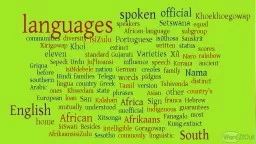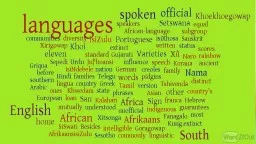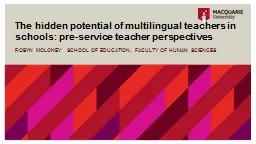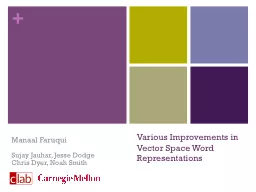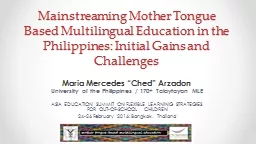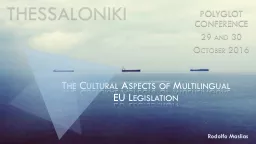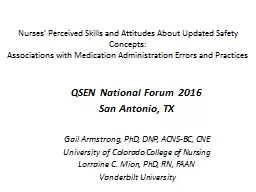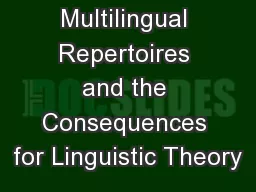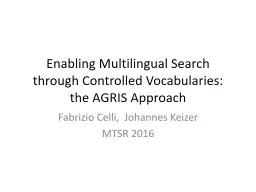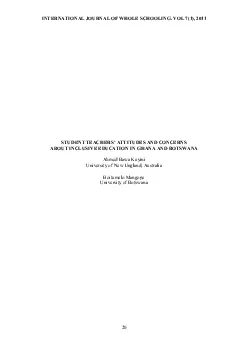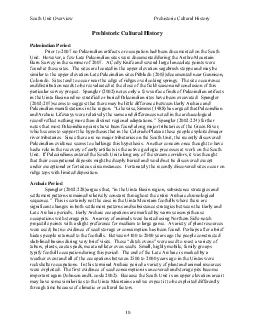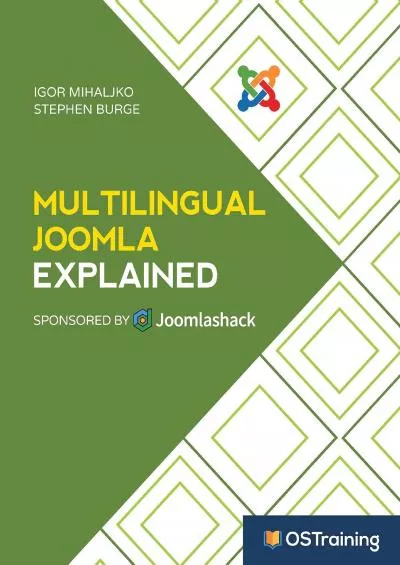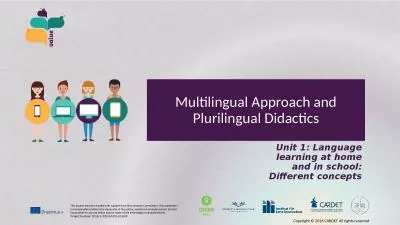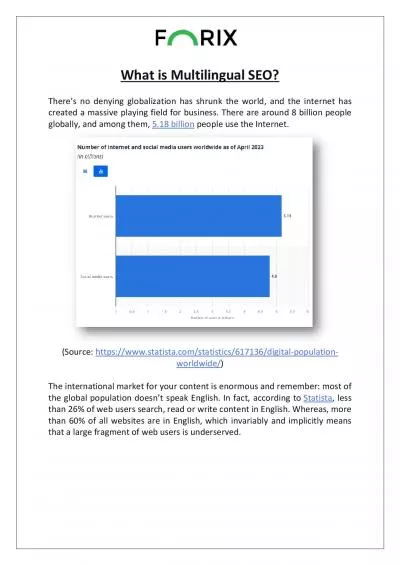PPT-Language use and language attitudes in multilingual and multi-cultural South
Author : yoshiko-marsland | Published Date : 2020-01-27
Language use and language attitudes in multilingual and multicultural South Africa Moyra Sweetnam Evans University of Otago New Zealand Bonjour Sanibonani Zulu Swazi
Presentation Embed Code
Download Presentation
Download Presentation The PPT/PDF document "Language use and language attitudes in m..." is the property of its rightful owner. Permission is granted to download and print the materials on this website for personal, non-commercial use only, and to display it on your personal computer provided you do not modify the materials and that you retain all copyright notices contained in the materials. By downloading content from our website, you accept the terms of this agreement.
Language use and language attitudes in multilingual and multi-cultural South: Transcript
Download Rules Of Document
"Language use and language attitudes in multilingual and multi-cultural South"The content belongs to its owner. You may download and print it for personal use, without modification, and keep all copyright notices. By downloading, you agree to these terms.
Related Documents

